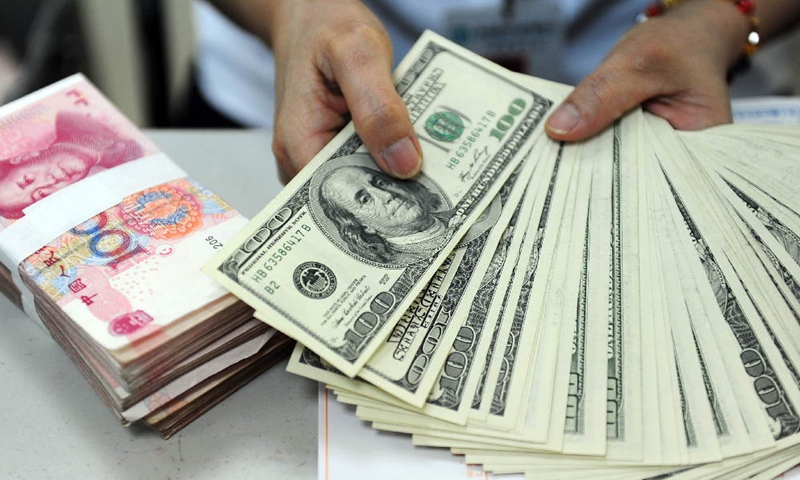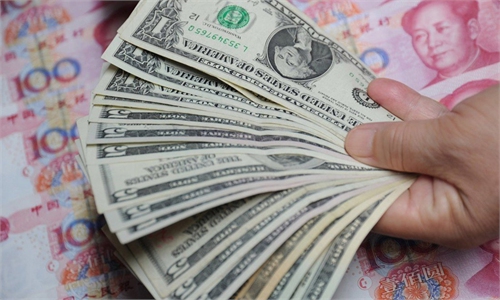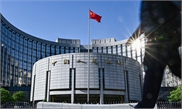PBC to cut banks' FX reserve requirements by 1pps to 8% amid yuan's rapid depreciation

File Photo: Xinhua
The People's Bank of China (PBC), the country's central bank, on Monday announced to cut foreign exchange reserve requirements for financial institutions by 1 percentage points to 8 percent amid the yuan' accelerated depreciation.
According to the PBC, the cut intended to shore up the capacity of financial institutions to use foreign exchange funds, will take effect on May 15.
The China A50 index futures briefly shifted to positive numbers on the announcement before further fluctuations.
The move will increase liquidity of foreign currency to fine-tune supply and demand in the foreign exchange market, helping to stabilize the yuan's exchange rate, Chang Ran, a senior research fellow at the Zhixin Investment Research Institute, told the Global Times on Monday.
By the end of March, outstanding foreign currency funds, financed with local currency for asset purchases, totaled $1.05 trillion.
The fresh cut from 9 to 8 percent suggests that a foreign currency liquidity of about $10.5 billion will be released in the market. This move aims to moderately tweak the yuan's current oversupply in the forex market, thereby curbing a depreciation trend on the Chinese currency over recent days, Chang explained.
The yuan has continued its weakness since last week, with the offshore yuan weakening beyond 6.6 versus the US dollar intraday trade on Monday, its lowest level since November 2020.
The onshore yuan also skidded past 6.56 per dollar on Monday, with its daily losses topping 500 basis points (bps). The yuan has depreciated over 2,000 bps against the dollar over the past five trading days.
The yuan's daily fixing against the dollar was also set at 6.4909 on Monday, its weakest level since August 23, 2021.
Monday's announcement will also help to dent expectations for the yuan's continued weakness, according to Chang, reckoning it as a clear policy signal to those betting on a one-sided depreciation in the yuan.
The reduction, nonetheless, remains rather prudent, the analyst noted, adding that it cannot be ruled out that other fine-tuning tools could be used to steady the currency. There is also room for further cuts in the forex reserve requirements.
The PBC raised the forex reserve requirement ratio twice last year, with the most recent in mid-December that hiked the ratio from 7 percent to the current 9 percent, in an apparent move to offset the yuan's sustained strength.
The previous hike in the forex reserve requirement was in mid-June, when the central bank raised the ratio by 2 percentage points from 5 percent.


